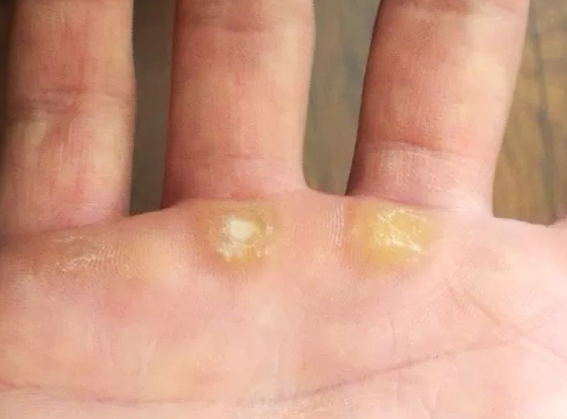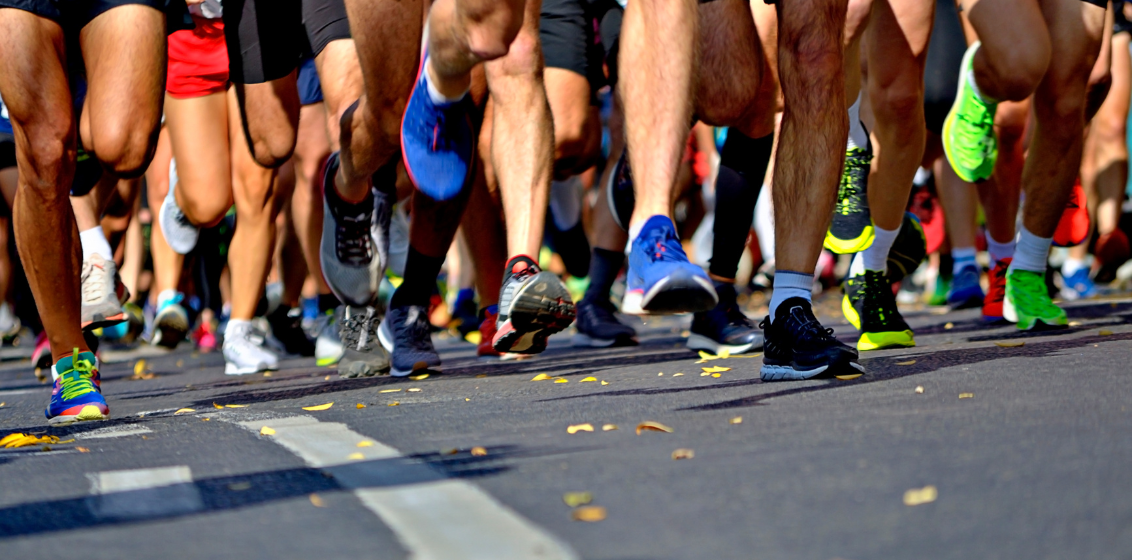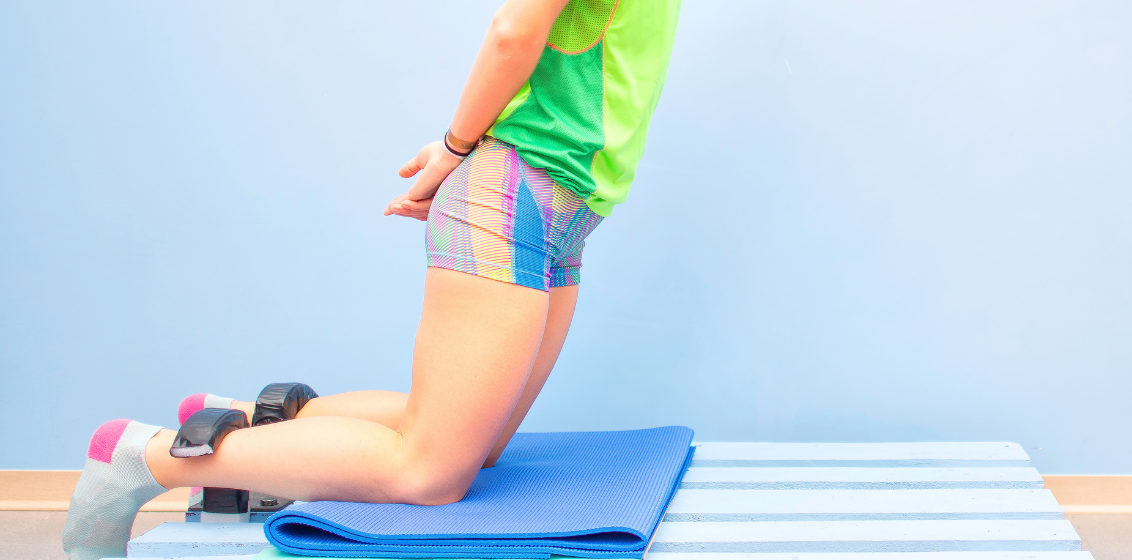New Year, New You: Will you get a Blister or a Callus?

Happy New Year!! Most of us make New Year’s resolutions this time of year. Most of them will include something about getting more organised and definitely getting in shape, doing more exercise, losing some Dad-bod etc.
This often sends you into our office as you haven’t exercised since last February, then start with a bang and run or go to the gym every day in January. This can be a problem because your bones, muscles and tendons are used to a more relaxed workload and are suddenly being put through a whole lot more stress than they are used to. The blister vs callus example is a good analogy for this.
A blister forms when there is something new or unusual producing friction (stress) on the skin. Like when a physio uses a shovel for a day, or a runner tries a new pair of shoes. The stress is too much for the skin to handle and a nasty, painful blister is the result. On the other hand, if you make a habit of lifting weights, or running consistently, friction causes the skin to adapt and thicken, forming calluses that protect the skin from damage. These calluses are a badge of honour for some people as they are an outward sign of their consistent effort.
Our bones, muscles and tendons behave in the exact same way. Too much stress, too soon can lead to a stress fracture, muscle injury or tendon pain. Gradually building up your exercise and training allows all of your body’s tissues to adapt safely so you avoid soreness, tightness and pain. The first 2 months are the most important for this gradual increase and the 6 week mark is the usual time where things catch up with you, our appointment diary in mid-February is testament to that.
Here are 3 tips to get you exercising safely this New-Year.
- Set a realistic goal. If you haven’t run for 5 years don’t start training for a marathon, similarly don’t plan to run 7 days a week. Give yourself a rest day or two, and make your goal to exercise consistently for 3 months doing things you enjoy.
- Have a mix of different exercise types that you enjoy and cycle through them every week. Your body will enjoy the variety and the exercise that is fun gets done. Surfing, mountain biking and walking the dog are all beneficial forms of exercise that don’t seem like a chore. For more traditional trainers devoting some time to aerobic conditioning, strength training, high intensity exercise and flexibility every week is a great idea.
- Perform more low-intensity exercise than high-intensity for the first few months. Jumping into HIIT classes 5 days a week virtually guarantees you a spot on our table. The 80/20 rule is a good guideline to stick to. 80% of your weekly exercise should be at an easy aerobic level, with only 20% devoted to high intensity. Have a look online at Stephen Seiler’s work for more info on this.
If you have any questions about soreness or injury as you kick-start your New Year, we love helping active people maintain and improve their health with exercise. We can look at your training program and suggest improvements as well as assessing your body for blister or callus formation and come up with a rehab program which aims to keep you exercising long into the New Year


